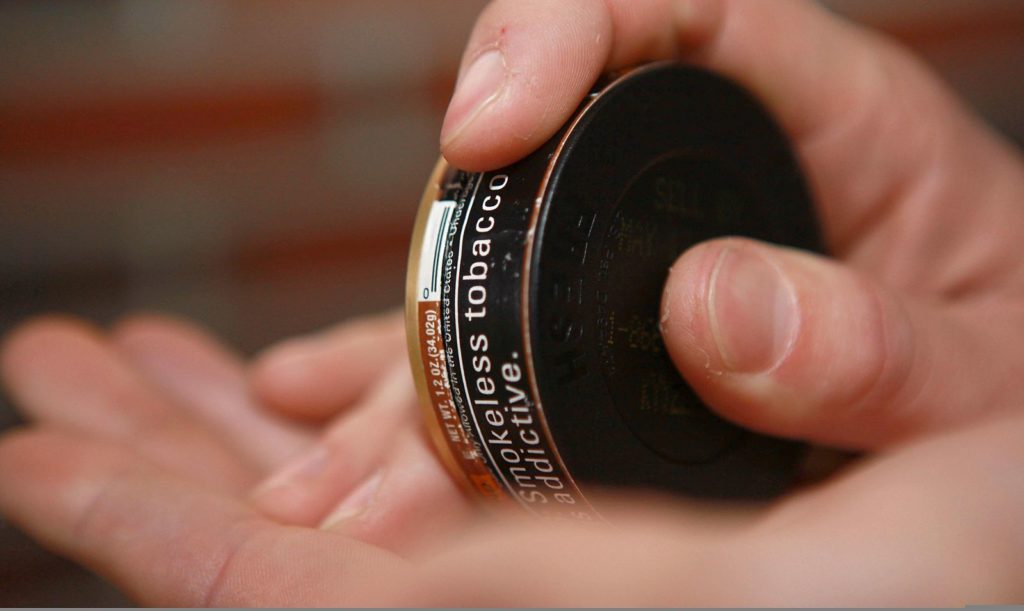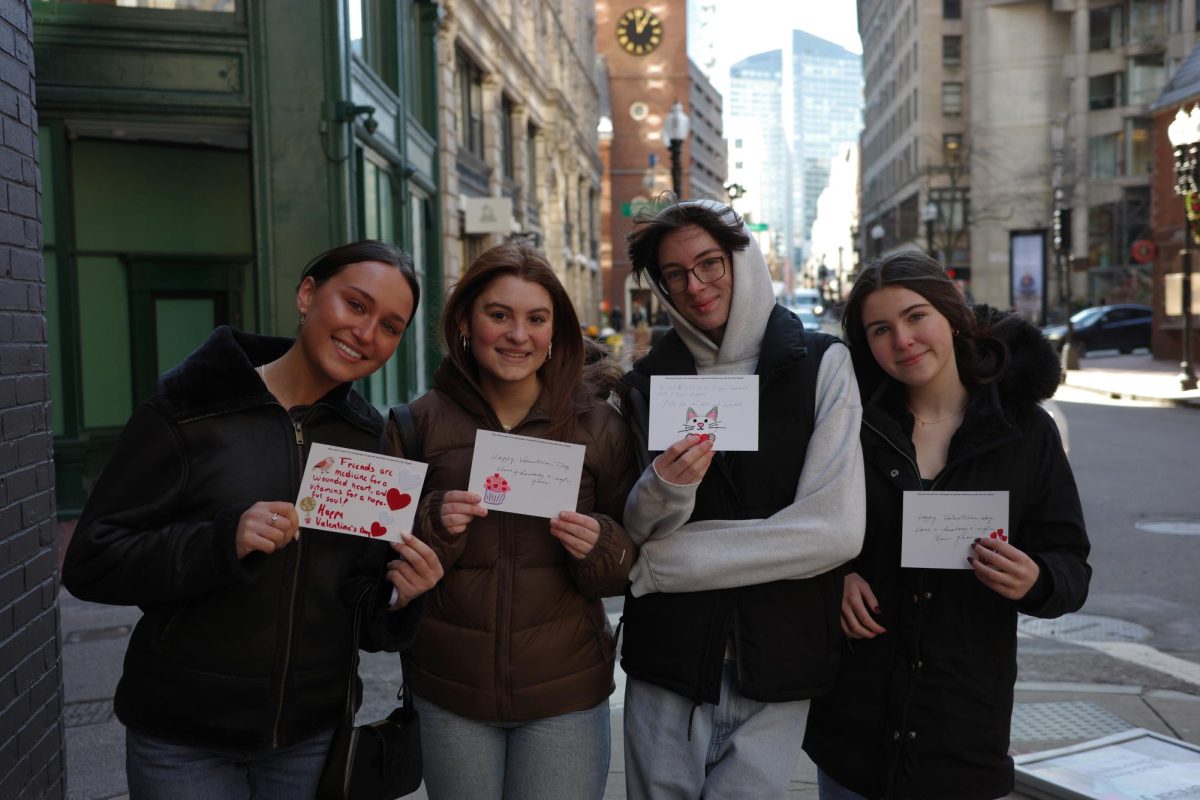By Sam Haas, city editor
Smokeless tobacco products will be banned at playing fields and in sports arenas across Boston starting April 1.
The ban, signed last week by Mayor Martin J. Walsh, prohibits the use of chewing tobacco, snuff, dipping tobacco, snus and other smokeless products at all sporting events and any sites that host them.
“I’m proud to sign this ordinance today,” Walsh said in a press release on Sept. 9. “The consequences of smokeless tobacco are real and can be devastating. We’re doing the right thing for our children and I look forward to continuing on the path to making Boston a leader in healthy and active living.”
Fenway Park, TD Garden, and high school and college fields are among the locations included in the ban. Violators of the prohibition will be fined $250. Professional athletes were not expressly excluded by the bill’s text.
The impetus behind the ban is a desire to limit the exposure of children and teenagers to tobacco products, said Margaret Reid, director of the Boston Public Health Commission’s (BPHC) Healthy Homes division.
“There is perhaps a misconception that smokeless tobacco is safer, but it’s not,” Reid said. “Smokeless tobacco is addictive and youth should be protected from it.”
Reid’s division, which encompasses BPHC’s anti-tobacco campaigns, worked closely with the City Council to draft the ordinance.
Some public health experts have spent years pushing for the measure, according to Richard Daynard, a Northeastern University professor of law who runs the school’s Public Health Advocacy Institute.
“As with a lot of these things, it’s about time,” Daynard said. “It’s been known that smokeless tobacco, while marginally less bad than cigarettes, causes cancer.”
Officials’ choice to ban smokeless tobacco at sports venues will hopefully decrease the number of children exposed to the drug, Reid and Daynard said. The desire to emulate athletes’ actions is often the reason young people begin using smokeless tobacco products, according to Reid.
“There’s a link between watching our sports heroes chewing and spitting and then modeling that behavior,” Reid said. “We want to minimize that risk.”
As role models who have an audience, athletes wield a fair amount of influence over public attitudes, according to Daynard, which can have wide-reaching implications.
“[Chewing tobacco] is a bad thing for players to be doing in terms of public health, to be modeling this destructive behavior,” Daynard said. “It’d be like if you had a player standing on the field being drunk.”
While Daynard, Reid and several city officials have expressed confidence in the ordinance, not all students are convinced of the measure’s necessity or efficacy.
“Does it seem like it’s actually going to stop it? To me it doesn’t at all,” said Jason, a freshman electrical engineering major who declined to give his last name. “I’ll just do it before or after the game [instead of at it].”
Another student raised the issue of free choice.
“It sucks,” said Matthew, a sophomore business student who preferred not to give his last name because he started using tobacco when he was underage. “I don’t think they have the right to tell me what to do.”
Matthew said that he watched baseball and hockey players using chewing tobacco as a kid, but their use didn’t influence him. Instead, he started using dip and snus while playing on his high school’s lacrosse team, both to focus before games and to bond with teammates.
“Junior year and senior year, in the spring, it was before practice. We’d all get in my car, put in lips, and drive over,” Matthew said. “And before games everyone would put in a Red Man [brand] lip on the bus.”
Matthew’s story isn’t uncommon, according to a 2012 study by the Center for Disease Control (CDC). According to the data, smokeless tobacco products are used by 3.7 percent of people ages 18-24 in Massachusetts. While the raw usage numbers may sound low, officials have been alarmed by sustained upticks in use, Reid said.
“It is interesting because while most tobacco use has been decreasing among teenagers in the US, smokeless tobacco has been on the rise for almost 20 years,” Reid said.
The relative popularity of smokeless products is likely due to social pressures and a sense of trendiness, Daynard explained.
“My sense is that cigarette smoking has lost its cool—which is wonderful because you have in the United States a sense of, ‘Why would you want to do that?’” Daynard said. “But the flipside is, smokeless would never exist without aggressive marketing from the industry over the past decades.”
Despite the concerns some people have about government overreach, Daynard said the public health response to tobacco may not end anytime soon.
Some state officials, he added, had expressed interest in a plan called the Tobacco-Free Generation.
“The simplest version says that anyone born on or after the year 2000 cannot ever buy tobacco products,” Daynard said. “If it sounds like a crazy idea, ask any parent what age they would prefer their kid to start using tobacco. They’ll tell you they answer is never. If that’s what everybody agrees, why not do it?”
Photo courtesy Wikimedia Commons










